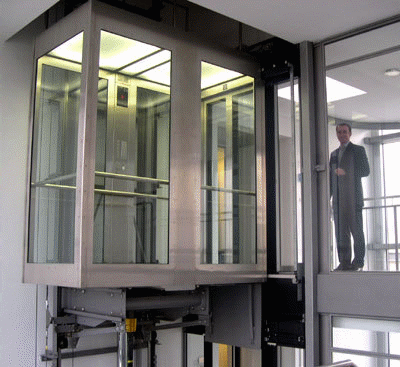 I've been thinking about this a lot recently, spurred on by the recent Fran Ten podcast, this David Pogue post, and most recently a thoughtful post by Scott Goodson based on this column by economist Paul Krugman.
I've been thinking about this a lot recently, spurred on by the recent Fran Ten podcast, this David Pogue post, and most recently a thoughtful post by Scott Goodson based on this column by economist Paul Krugman.
The upshot of Krugman's argument, referencing Esther Dyson's prediction from the early '90's, is that digital creative works will become free, and creative artists will have to make their money from "ancillary" projects, such as touring, personal appearances, licensing, etc.
If this turns out to be true (and the music industry is approaching this state right now), then it has a lot of negative ramifications for the future of creativity.
First off is the fairness question. Here is a simplified digital media value chain:
- Digital distributors (i.e., ISPs like Comcast) make money through subscriptions
- Directories and aggregators (like Google) make money through advertising
- Creators make... nothing?
While the structure of technology allows this to happen, it's hard to look at this picture and see it as fair. I agree that DRM sucks, but is the solution "
pay what you want"--a virtual tip jar?
Furthermore, if creating a work of art cannot in itself make money, it will then be difficult to invest much in that creation. While that may allow bloggers to continue (though I wouldn't turn down a few bucks for my work if that were possible), it doesn't bode well for musicians or moviemakers, and, soon, book authors.
If I can make money in personal appearances but not by writing, I will have to limit my writing time in order to, you know, pay the mortgage.
If a band can make money touring but not through selling CDs, they will be unlikely to spend much time in the recording studio, or to spend money on studio effects or gear. Perhaps they will instead simply tape their concerts and compile albums from the live sessions.
If a moviemaker cannot make money from her films because they are freely available on the web, she will have difficulty using any approach other than
Dogme 95 in order to reduce costs. And do we want to see Dogme 95-style movies all the time?
The irony is that time put into making money takes away from time to create. Therefore, the output from our best artists is less. Is that progress?
Perhaps this is offset somewhat by the "long tail" of creators enabled by new technology. But I would trade 1000 bad
"Nude" remixes for one new album by an artist I really like.
(Photo: pro-copying logo from piratbyran.org)Related Posts:
Shop Talk Podcast #9 - Fran Ten of West Indian Girl on today's music businessHow will musicians get paid in the 21st century?Tags:
creativity,
compensation,
music,
movies,
books,
content,
strategy
 An audio story from The Mistake Bank.
An audio story from The Mistake Bank.









